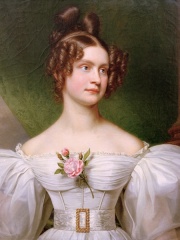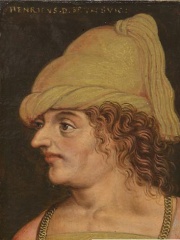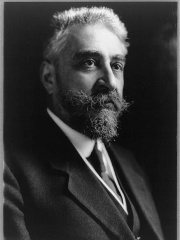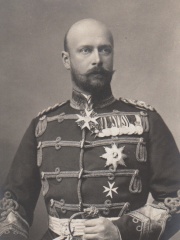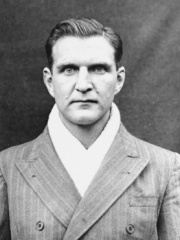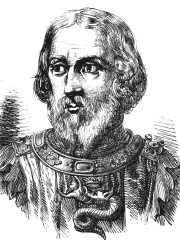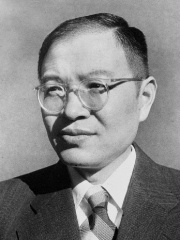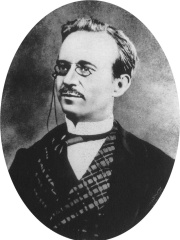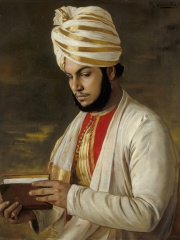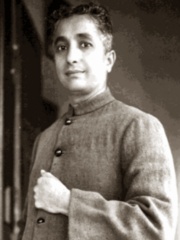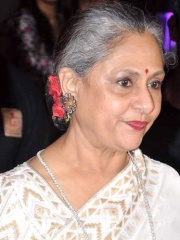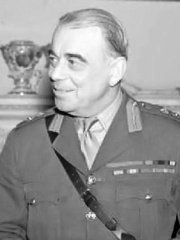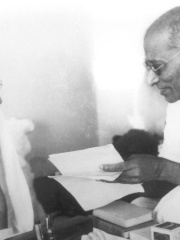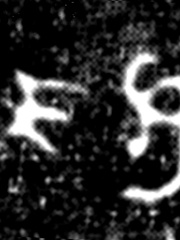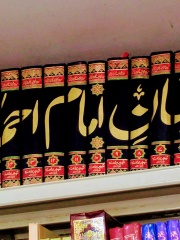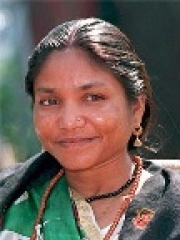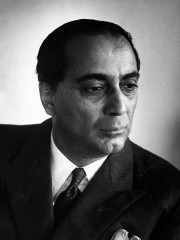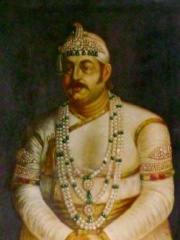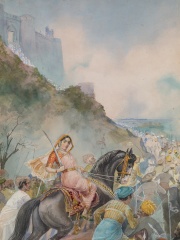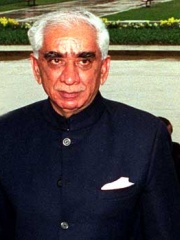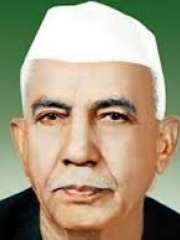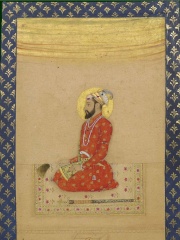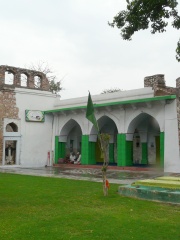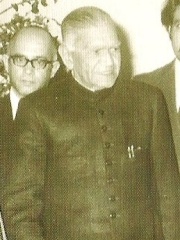POLITICIAN
Shantanu
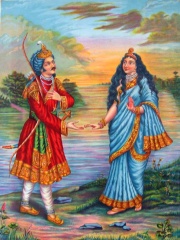
 Shantanu
Shantanu
Shantanu (Sanskrit: शांतनु, शान्तनु, IAST: Śāṃtanu, Śāntanu) is a character in the ancient Hindu epic Mahabharata. He was the King of Kuru Kingdom with his capital at Hastinapura. He was a descendant of the Bharata race, a forebear of the lineage of the Chandravamsha, the father of Bhishma and the great-grandfather of the Pandavas and the Kauravas. Shantanu was the youngest son of King Pratipa of Hastinapura and had been born during the king's later years. Read more on Wikipedia
His biography is available in different languages on Wikipedia. Shantanu is the 8,661st most popular politician (down from 7,403rd in 2019), the 310th most popular biography from India (down from 242nd in 2019) and the 105th most popular Indian Politician.
Memorability Metrics
Page views of Shantanu by language
Among POLITICIANS
Among politicians, Shantanu ranks 8,661 out of 19,576. Before him are Princess Mathilde Caroline of Bavaria, Louis IX, Duke of Bavaria, Henry XVI, Duke of Bavaria, Ion I. C. Brătianu, Prudente de Morais, and Duke John Albert of Mecklenburg. After him are Ignaz Seipel, Fritz Fischer, Galeazzo I Visconti, Lubomír Štrougal, Zhang Wentian, and Urbano Rattazzi.
Most Popular Politicians in Wikipedia
Go to all RankingsPrincess Mathilde Caroline of Bavaria
1813 - 1862
HPI: 62.57
Rank: 8,659
Louis IX, Duke of Bavaria
1417 - 1479
HPI: 62.57
Rank: 8,660
Henry XVI, Duke of Bavaria
1386 - 1450
HPI: 62.56
Rank: 8,661
Ion I. C. Brătianu
1864 - 1927
HPI: 62.56
Rank: 8,662
Prudente de Morais
1841 - 1902
HPI: 62.56
Rank: 8,663
Duke John Albert of Mecklenburg
1857 - 1920
HPI: 62.56
Rank: 8,664
Shantanu
HPI: 62.56
Rank: 8,665
Ignaz Seipel
1876 - 1932
HPI: 62.56
Rank: 8,666
Fritz Fischer
1912 - 2003
HPI: 62.56
Rank: 8,667
Galeazzo I Visconti
1277 - 1328
HPI: 62.56
Rank: 8,668
Lubomír Štrougal
1924 - 2023
HPI: 62.56
Rank: 8,669
Zhang Wentian
1900 - 1976
HPI: 62.56
Rank: 8,670
Urbano Rattazzi
1808 - 1873
HPI: 62.56
Rank: 8,671
In India
Among people born in India, Shantanu ranks 310 out of 1,861. Before him are Guru Amar Das (1479), Abdul Karim (1863), Kuvempu (1904), Jaya Bachchan (1948), Hastings Ismay, 1st Baron Ismay (1887), and Michael Radford (1946). After him are C. Rajagopalachari (1878), Karamchand Gandhi (1822), Gupta (240), Ahmed Raza Khan Barelvi (1856), Phoolan Devi (1963), and Homi J. Bhabha (1909).
Others born in India
Go to all RankingsGuru Amar Das
RELIGIOUS FIGURE
1479 - 1574
HPI: 62.70
Rank: 304
Abdul Karim
POLITICIAN
1863 - 1909
HPI: 62.66
Rank: 305
Kuvempu
WRITER
1904 - 1994
HPI: 62.64
Rank: 306
Jaya Bachchan
ACTOR
1948 - Present
HPI: 62.64
Rank: 307
Hastings Ismay, 1st Baron Ismay
POLITICIAN
1887 - 1965
HPI: 62.63
Rank: 308
Michael Radford
FILM DIRECTOR
1946 - Present
HPI: 62.58
Rank: 309
Shantanu
POLITICIAN
HPI: 62.56
Rank: 310
C. Rajagopalachari
SOCIAL ACTIVIST
1878 - 1972
HPI: 62.50
Rank: 311
Karamchand Gandhi
POLITICIAN
1822 - 1885
HPI: 62.41
Rank: 312
Gupta
POLITICIAN
240 - 280
HPI: 62.40
Rank: 313
Ahmed Raza Khan Barelvi
RELIGIOUS FIGURE
1856 - 1921
HPI: 62.37
Rank: 314
Phoolan Devi
POLITICIAN
1963 - 2001
HPI: 62.37
Rank: 315
Homi J. Bhabha
PHYSICIST
1909 - 1966
HPI: 62.36
Rank: 316
Among POLITICIANS In India
Among politicians born in India, Shantanu ranks 105. Before him are Afzal-ud-Daulah (1827), Tarabai (1675), Jaswant Singh (1938), Charan Singh (1902), Abdul Karim (1863), and Hastings Ismay, 1st Baron Ismay (1887). After him are Karamchand Gandhi (1822), Gupta (240), Phoolan Devi (1963), Bahadur Shah I (1643), Nizamuddin Auliya (1238), and Fakhruddin Ali Ahmed (1905).
Afzal-ud-Daulah
1827 - 1869
HPI: 63.08
Rank: 99
Tarabai
1675 - 1761
HPI: 62.94
Rank: 100
Jaswant Singh
1938 - 2020
HPI: 62.89
Rank: 101
Charan Singh
1902 - 1987
HPI: 62.79
Rank: 102
Abdul Karim
1863 - 1909
HPI: 62.66
Rank: 103
Hastings Ismay, 1st Baron Ismay
1887 - 1965
HPI: 62.63
Rank: 104
Shantanu
HPI: 62.56
Rank: 105
Karamchand Gandhi
1822 - 1885
HPI: 62.41
Rank: 106
Gupta
240 - 280
HPI: 62.40
Rank: 107
Phoolan Devi
1963 - 2001
HPI: 62.37
Rank: 108
Bahadur Shah I
1643 - 1712
HPI: 62.35
Rank: 109
Nizamuddin Auliya
1238 - 1325
HPI: 62.23
Rank: 110
Fakhruddin Ali Ahmed
1905 - 1977
HPI: 62.19
Rank: 111
